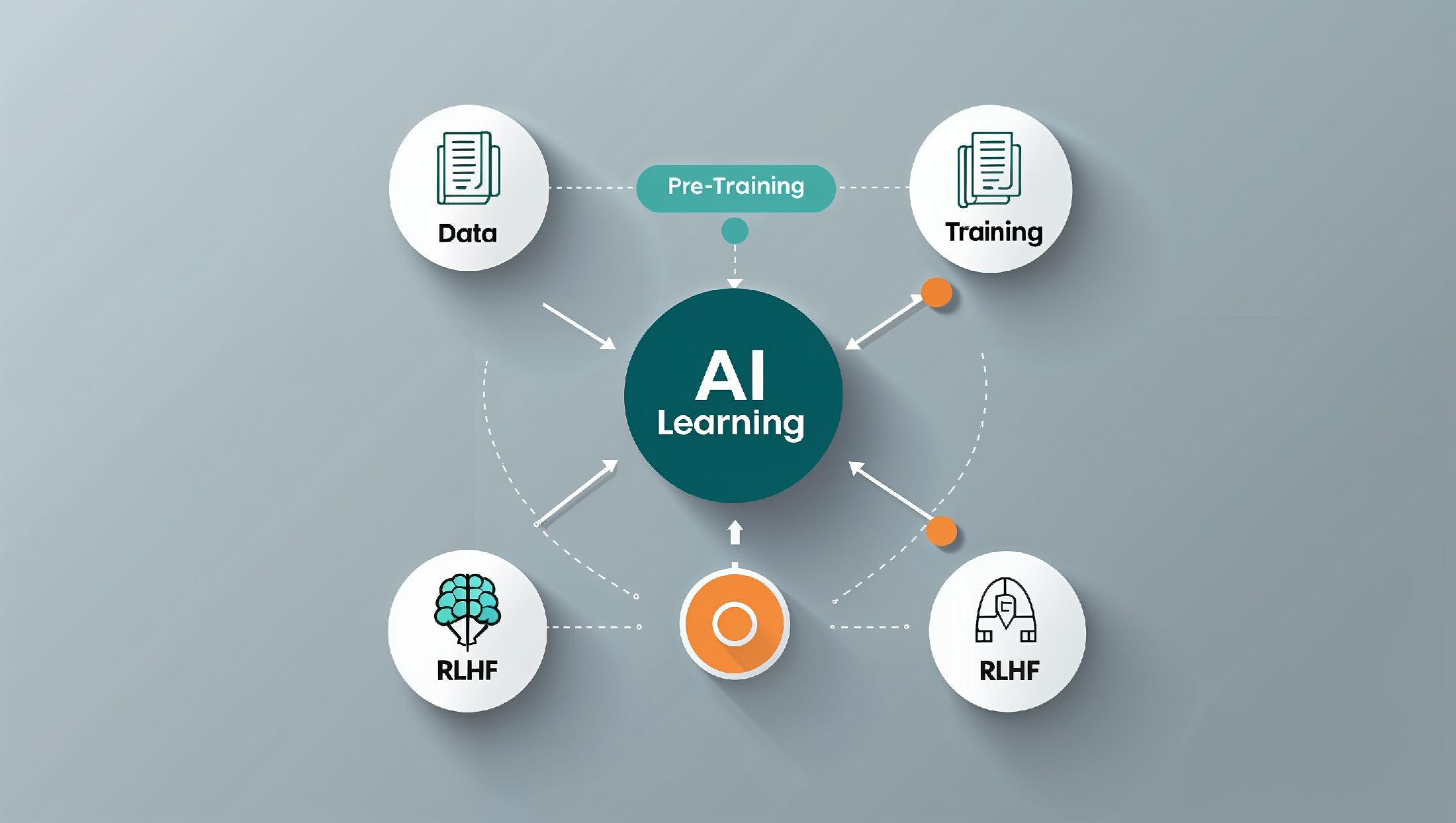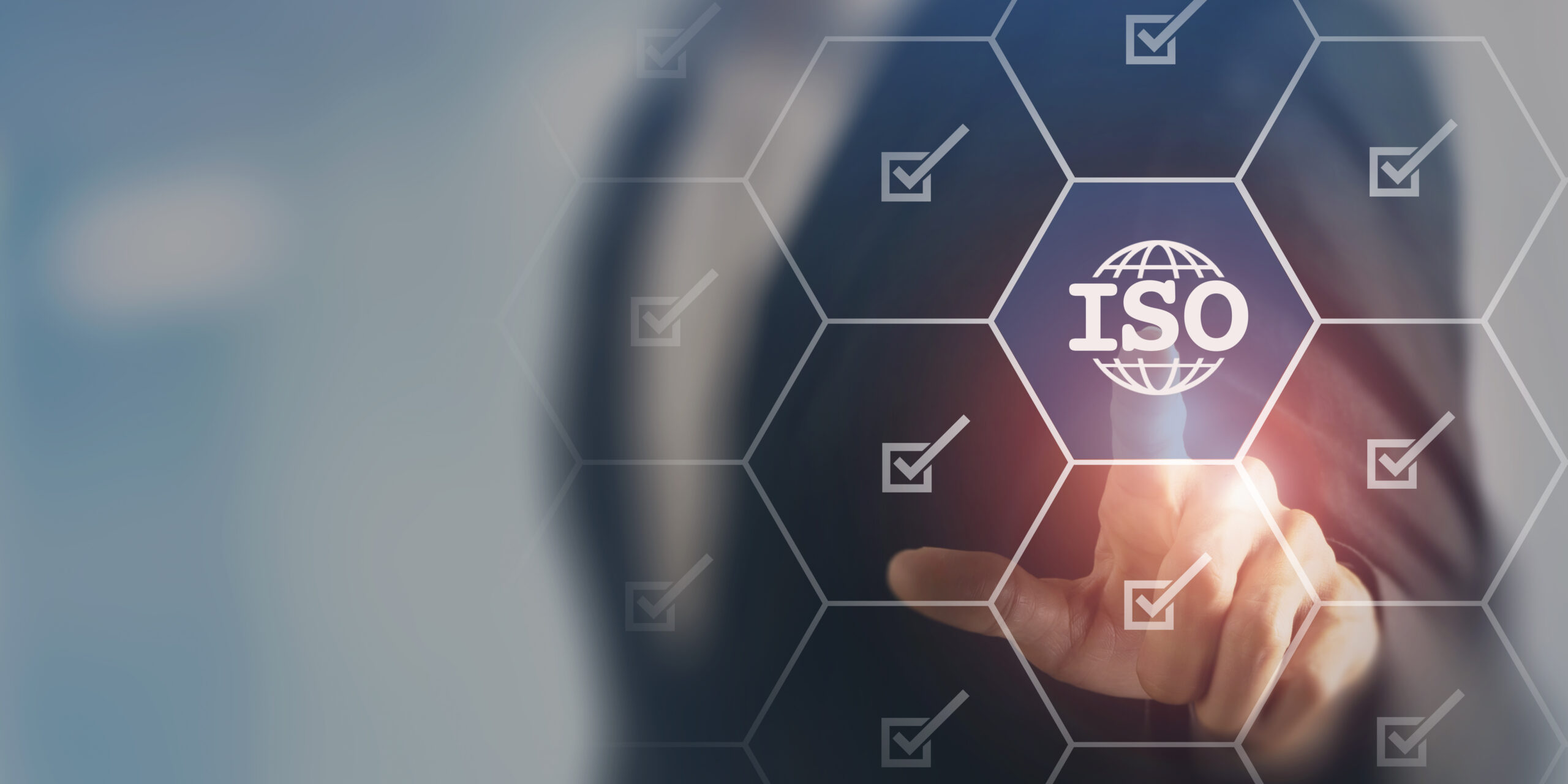Medical document translation—whether it’s patient records, clinical trial reports, or informed consent forms—is a high-stakes task. Accuracy is non-negotiable, as even minor errors can lead to misdiagnoses, compromised patient safety, or legal repercussions. Yet, translating these documents is far from straightforward. The process is fraught with unique challenges, from deciphering complex terminology to navigating cultural nuances. Below, we explore the top five challenges in medical document translation and offer practical strategies to address them, ensuring precision and reliability in every translation.
1. Navigating Complex Medical Terminology
Medical documents are dense with specialized jargon—terms like "myocardial infarction" or "idiopathic thrombocytopenia" aren’t exactly everyday vocabulary. These terms often lack direct equivalents in other languages, and their meanings can vary slightly depending on the medical context. For instance, a term used in cardiology might have a different connotation in oncology. Misinterpreting or mistranslating such terms can distort critical information, potentially leading to incorrect treatment plans.
Solution: Engage translators with expertise in medical translation. These professionals should have a deep understanding of both source and target languages, as well as specific training in medical terminology. Leveraging standardized medical terminology databases, such as the Unified Medical Language System (UMLS) or SNOMED CT, can ensure consistency. Additionally, creating and maintaining a glossary specific to each project helps translators use the correct terms consistently across documents.
2. Adhering to Strict Formatting and Regulatory Requirements
Medical documents often follow rigid formatting guidelines dictated by regulatory bodies like the FDA or EMA. For example, clinical trial reports must comply with specific templates to ensure clarity and regulatory acceptance. Translating these documents isn’t just about words—it’s about preserving tables, headings, and even font sizes. A misaligned table or an omitted footnote could render a translated document non-compliant, delaying approvals or invalidating submissions.
Solution: Use translation management systems that preserve document formatting during the translation process. Tools like CAT (Computer-Assisted Translation) software can maintain the structure of complex documents. Additionally, translators must be familiar with the regulatory requirements of the target country. Partnering with translation agencies that specialize in medical regulatory compliance ensures that translated documents meet all necessary standards.
3. Addressing Cultural and Linguistic Nuances
Medical documents don’t exist in a vacuum—they’re read by patients, doctors, and regulators from diverse cultural backgrounds. What’s clear in one culture might be confusing or even offensive in another. For instance, a direct translation of an informed consent form might come across as overly technical or impersonal in a culture that values empathetic communication. Similarly, idiomatic expressions or colloquialisms in patient-facing documents can lead to misunderstandings if not adapted properly.
Solution: Employ translators who are native speakers of the target language and deeply familiar with its cultural context. These professionals can adapt content to resonate with local audiences while preserving its medical accuracy. For patient-facing documents, consider transcreation—a process that goes beyond translation to creatively adapt content for cultural relevance. Involving local medical professionals in the review process can further ensure that translations align with cultural expectations.
4. Ensuring Quality Control Under Tight Deadlines
The medical field often operates on tight schedules, especially for clinical trials or patient care. Yet, rushing translations can lead to errors, and even a single mistake in a medical document can have dire consequences. Quality control is further complicated by the need for multiple layers of review to catch linguistic, technical, and formatting issues.
Solution: Implement a robust quality control process that includes multiple stages of review. A common approach is the TEP (Translation, Editing, Proofreading) model, where one translator produces the initial draft, a second editor reviews for accuracy and style, and a final proofreader checks for minor errors. Industry certifications, such as ISO 17100 for translation services, can also ensure that agencies follow stringent quality standards. To manage tight deadlines, prioritize clear communication with translation teams to set realistic timelines and avoid last-minute rushes.
5. Mitigating the Risks of Translation Errors
The consequences of errors in medical translation are uniquely severe. A mistranslated dosage instruction could lead to patient harm, while inaccuracies in a research report might skew study results or violate regulatory compliance. Legal liabilities are another concern—hospitals or pharmaceutical companies could face lawsuits if translations lead to adverse outcomes. These risks make precision an absolute necessity.
Solution: Beyond employing skilled translators and rigorous quality control, consider back-translation as an additional safeguard. In this process, a second translator translates the document back into the original language, allowing for a comparison to catch discrepancies. Regular training for translators on the latest medical advancements and regulatory changes also helps minimize errors. Finally, investing in professional liability insurance for translation agencies can provide a safety net in case of unforeseen issues.
Translating medical documents is a complex, high-stakes endeavor that demands precision, expertise, and cultural sensitivity. By addressing challenges like specialized terminology, regulatory requirements, cultural nuances, quality control, and the risks of errors, organizations can ensure their translations are both accurate and effective. Partnering with professional medical translators, leveraging technology like terminology databases and CAT tools, and implementing robust quality control measures are critical steps toward success. In a field where mistakes can have life-altering consequences, these strategies are not just best practices—they’re essential for safeguarding patient safety and advancing global healthcare.











